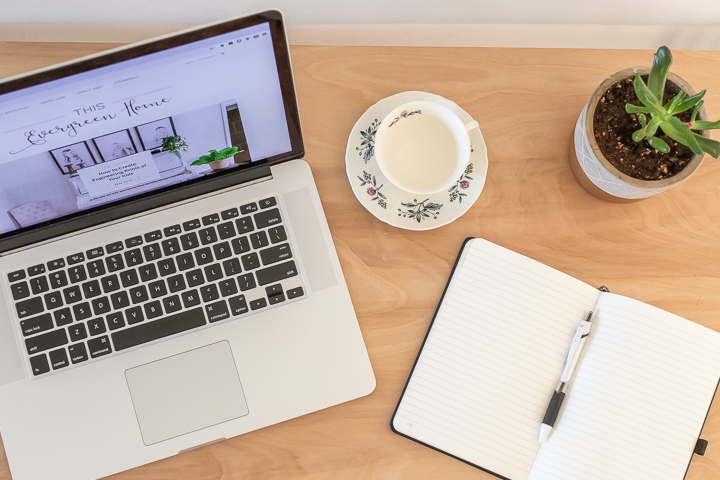Created by Mike & Mollie. Subscribe to our blog.
I’m guilty of it too—scrolling through endless feeds, hopping from one news article to another, and then wondering why my mind feels like it’s been tossed in a blender. The constant barrage of information is overwhelming, and it’s easy to lose control of what we consume. But what if we approached media the way we might approach a meal—with intention, care, and attention to how it nourishes or depletes us?
Mindful consumption of media isn’t just about cutting back on screen time. It’s about radically rethinking how and why we engage with the content that fills our days. Let’s dive into some unexpected ways to curate your digital diet and transform your relationship with media.
1. Practice Media Fasting
Just like intermittent fasting has taken off in the health world, media fasting could be the antidote to information overload. This doesn’t mean a complete detox—no one’s asking you to live under a rock. But try designating certain hours of the day or even entire days where you consciously abstain from digital media.
Instead of checking your phone first thing in the morning, start the day without any screens. Give your brain a chance to wake up without external stimuli bombarding it. It’s not just about reducing consumption; it’s about giving yourself space to process what you’ve already taken in.
2. Curate Your Media Like a Museum
Consider how a museum curates its exhibits—every piece is chosen for a reason, arranged with care, and intended to evoke a specific reaction. Why not apply the same principle to your media consumption? Take a deep dive into the sources of information you follow, and be ruthless in your selection.
Does this content enrich your life? Does it challenge your thinking? Or does it leave you feeling drained, anxious, or misinformed? Curating your media diet doesn’t mean narrowing your perspective but refining it. The goal is to expose yourself to content that aligns with your values, challenges your assumptions, and enriches your understanding of the world.
3. Schedule Your Media “Meals”
We schedule our meals, work, and social time—why not do the same for media? Instead of grazing on content all day, set specific times when you’ll engage with it. This could be 30 minutes in the evening for news updates or an hour on Sunday to catch up on your favorite podcasts.
By setting these boundaries, you avoid the endless cycle of passive consumption and instead create intentional moments for media in your day. This allows you to engage more deeply with the content, savor it even, rather than hurriedly scrolling through.
4. Use Media as a Mirror, Not a Window
We often use media to look out into the world, but what if we flipped the script and used it as a mirror? Choose content that reflects back on your own life, challenges you to think critically about your choices, and pushes you to grow.
Instead of just reading about the latest trends or global events, seek out media that helps you better understand yourself. This could be through insightful essays, thought-provoking documentaries, or even reflective podcasts that ask you to ponder your place in the world. When media serves as a mirror, it becomes a tool for personal growth rather than mere distraction.
5. Embrace Analog Media
In a world dominated by digital content, going analog is a radical act of mindfulness. Pick up a book, a magazine, or even a newspaper. Engage with media that doesn’t require Wi-Fi, notifications, or the incessant lure of “just one more scroll.”
Analog media demands more of your attention and offers a tactile experience that digital simply can’t replicate. It slows you down, encourages deep focus, and provides a respite from the screen fatigue that so many of us struggle with. Plus, there’s something deeply satisfying about turning a page that tapping a screen just can’t match.
6. Practice the Art of Selective Ignorance
In today’s hyper-connected world, we’re bombarded with more information than any human brain can reasonably process. It’s time to embrace the art of selective ignorance. Decide that it’s okay not to know everything. It’s okay to miss out on the latest viral tweet, the breaking news, or the trend that everyone’s talking about.
Selective ignorance isn’t about being uninformed; it’s about prioritizing the information that genuinely matters to you. It’s about recognizing that not all content deserves your attention and that your mental well-being is worth more than staying perpetually “in the know.” Choose quality over quantity, and give yourself permission to tune out the noise.
7. Engage in Digital Mindfulness Practices
Finally, consider integrating mindfulness practices directly into your digital consumption. Before diving into a news article or scrolling through your feed, take a moment to breathe deeply and set an intention. Ask yourself: Why am I engaging with this content? What do I hope to get out of it?
Mindfulness isn’t just for meditation cushions; it can transform the way you interact with media. By being fully present with what you consume, you can avoid the trap of mindless scrolling and instead cultivate a deeper, more meaningful relationship with the content you choose to engage with.
In a world overflowing with content, being mindful about what and how we consume can feel like a radical act. But by rethinking our relationship with media—treating it more like a nourishing meal than a mindless snack—we can reclaim our time, our mental clarity, and our sense of self. So, the next time you reach for your phone or laptop, ask yourself: Is this truly nourishing me? If not, it might be time for a new digital diet.




